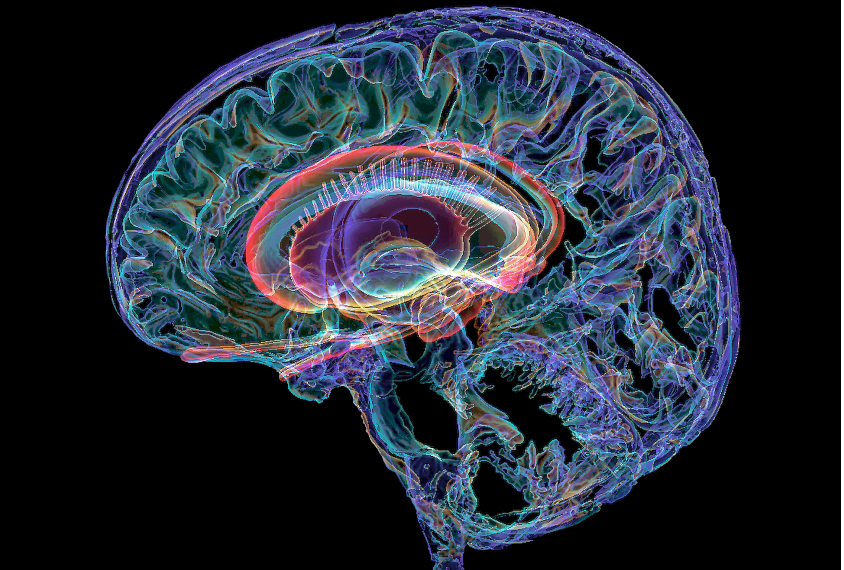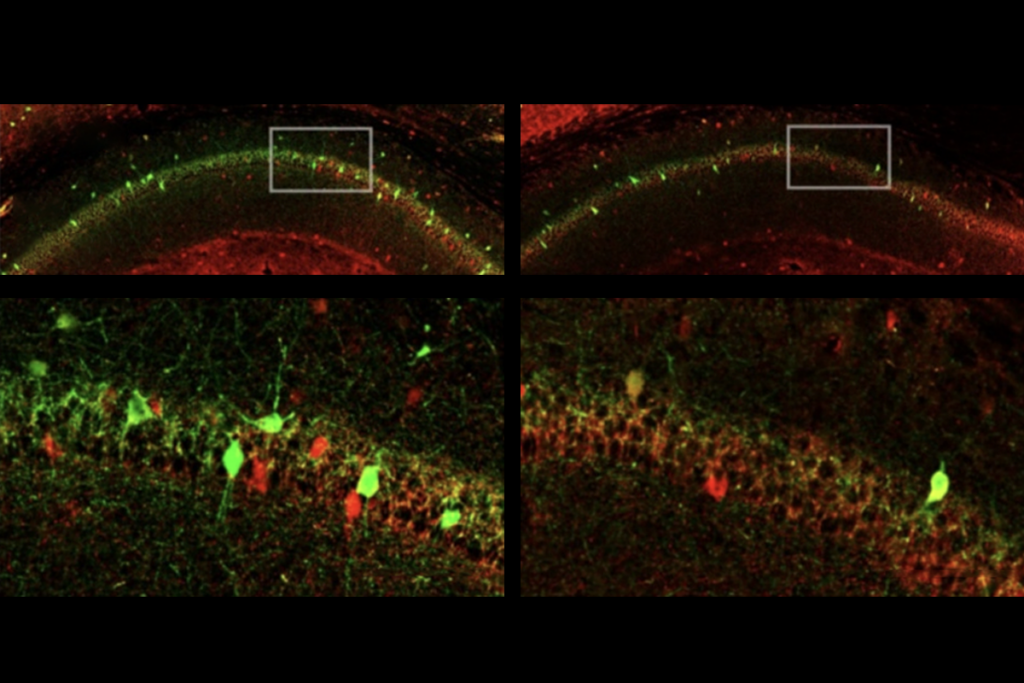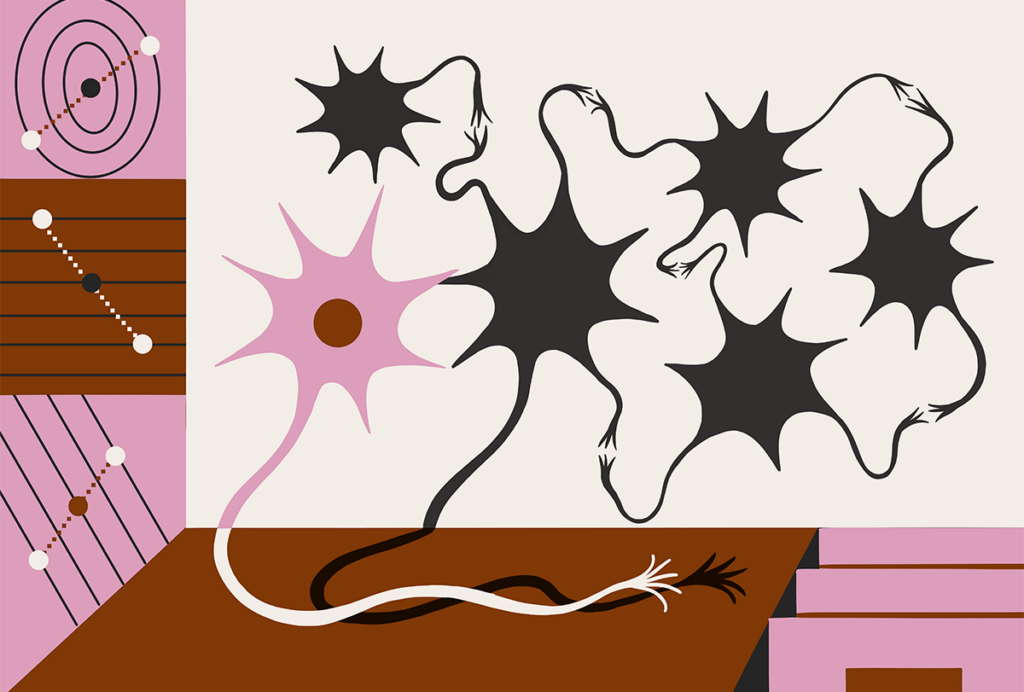DSM-IV
Recent articles
Debate remains over changes in DSM-5 a decade on
Changes to the DSM-5’s diagnostic criteria for autism were meant to add clarity, but they also generated new questions.

Debate remains over changes in DSM-5 a decade on
Changes to the DSM-5’s diagnostic criteria for autism were meant to add clarity, but they also generated new questions.
Debut drug for Rett syndrome at edge of approval
The U.S. Food and Drug Administration plans to make an approval decision on the first-ever drug for girls and women with Rett syndrome by 12 March.

Debut drug for Rett syndrome at edge of approval
The U.S. Food and Drug Administration plans to make an approval decision on the first-ever drug for girls and women with Rett syndrome by 12 March.
Amygdala-linked brain areas grow differently in autism
The growth differences vary between autistic boys and girls and are most apparent among children with prominent social difficulties.

Amygdala-linked brain areas grow differently in autism
The growth differences vary between autistic boys and girls and are most apparent among children with prominent social difficulties.
Autism without intellectual impairments more common than previously reported
Almost 60 percent of autistic people may have an average or above-average intelligence quotient, according to a new longitudinal study.

Autism without intellectual impairments more common than previously reported
Almost 60 percent of autistic people may have an average or above-average intelligence quotient, according to a new longitudinal study.
Autism prevalence in the United States, explained
The bulk of the increase in autism prevalence stems from a growing awareness of the condition and changes to the diagnostic criteria.

Autism prevalence in the United States, explained
The bulk of the increase in autism prevalence stems from a growing awareness of the condition and changes to the diagnostic criteria.
Large survey of children hints at true autism prevalence in Vietnam
Less than 1 percent of young children in northern Vietnam have autism, but this prevalence is higher than in previous reports.

Large survey of children hints at true autism prevalence in Vietnam
Less than 1 percent of young children in northern Vietnam have autism, but this prevalence is higher than in previous reports.
Autism prevalence program expands to include teenagers
The network of researchers keeping tabs on autism prevalence in U.S. children plans to follow up with some of those children in adolescence.

Autism prevalence program expands to include teenagers
The network of researchers keeping tabs on autism prevalence in U.S. children plans to follow up with some of those children in adolescence.
Dividing autism; novel messengers; million-dollar mark and more
A researcher proposes splitting autism into subtypes, mitochondria make neurotransmitters, and highly successful grantees may face a funding cap.
Dividing autism; novel messengers; million-dollar mark and more
A researcher proposes splitting autism into subtypes, mitochondria make neurotransmitters, and highly successful grantees may face a funding cap.
The evolution of ‘autism’ as a diagnosis, explained
From a form of childhood schizophrenia to a spectrum of conditions, the characterization of autism in diagnostic manuals has a complicated history.

The evolution of ‘autism’ as a diagnosis, explained
From a form of childhood schizophrenia to a spectrum of conditions, the characterization of autism in diagnostic manuals has a complicated history.
Narrowing of ‘autism’ in DSM-5 runs counter to idea of broad spectrum
The strict definition of autism in the latest version of the diagnostic manual is antithetical to the idea that autism comes in a wide variety of forms.

Narrowing of ‘autism’ in DSM-5 runs counter to idea of broad spectrum
The strict definition of autism in the latest version of the diagnostic manual is antithetical to the idea that autism comes in a wide variety of forms.
Explore more from The Transmitter
‘Wired for Words: The Neural Architecture of Language,’ an excerpt
In his new book, Hickok provides a detailed overview of the research into the circuits that control speech and language. In this excerpt from Chapter 5, he shares how meeting his colleague David Poeppel led to them developing the theory for bilateral speech perception.

‘Wired for Words: The Neural Architecture of Language,’ an excerpt
In his new book, Hickok provides a detailed overview of the research into the circuits that control speech and language. In this excerpt from Chapter 5, he shares how meeting his colleague David Poeppel led to them developing the theory for bilateral speech perception.
Plumbing the link between anti-CASPR2 antibodies and autism; and more
Here is a roundup of autism-related news and research spotted around the web for the week of 1 December.

Plumbing the link between anti-CASPR2 antibodies and autism; and more
Here is a roundup of autism-related news and research spotted around the web for the week of 1 December.
This paper changed my life: Nancy Padilla-Coreano on learning the value of population coding
The 2013 Nature paper by Mattia Rigotti and his colleagues revealed how mixed selectivity neurons—cells that are not selectively tuned to a stimulus—play a key role in cognition.

This paper changed my life: Nancy Padilla-Coreano on learning the value of population coding
The 2013 Nature paper by Mattia Rigotti and his colleagues revealed how mixed selectivity neurons—cells that are not selectively tuned to a stimulus—play a key role in cognition.